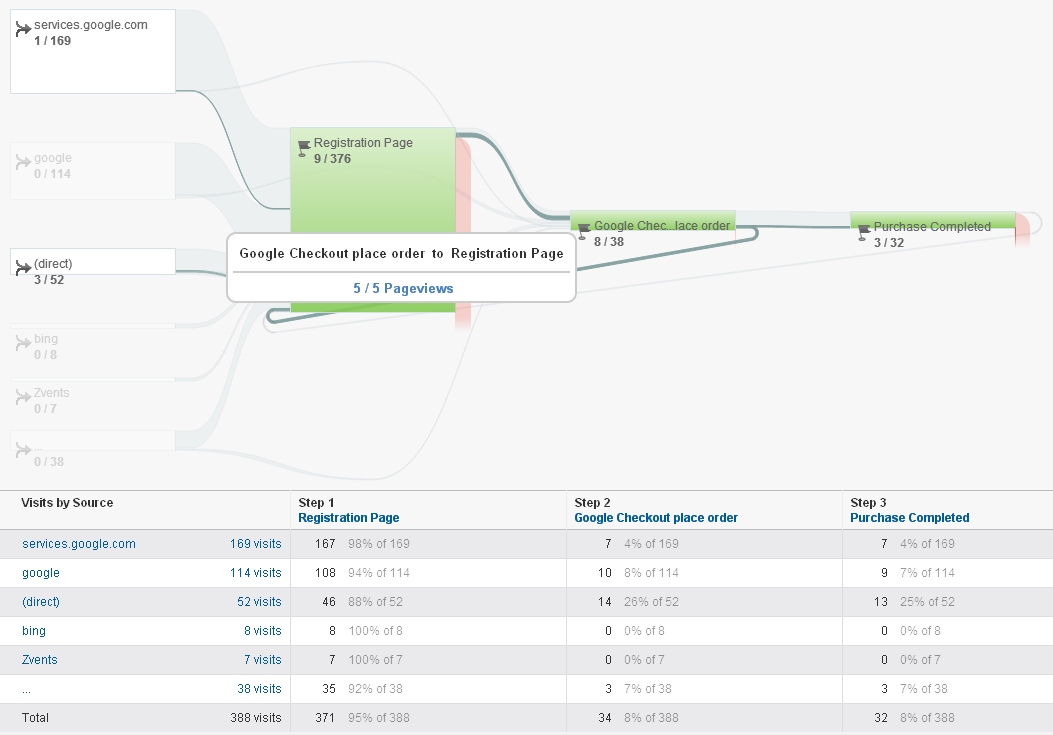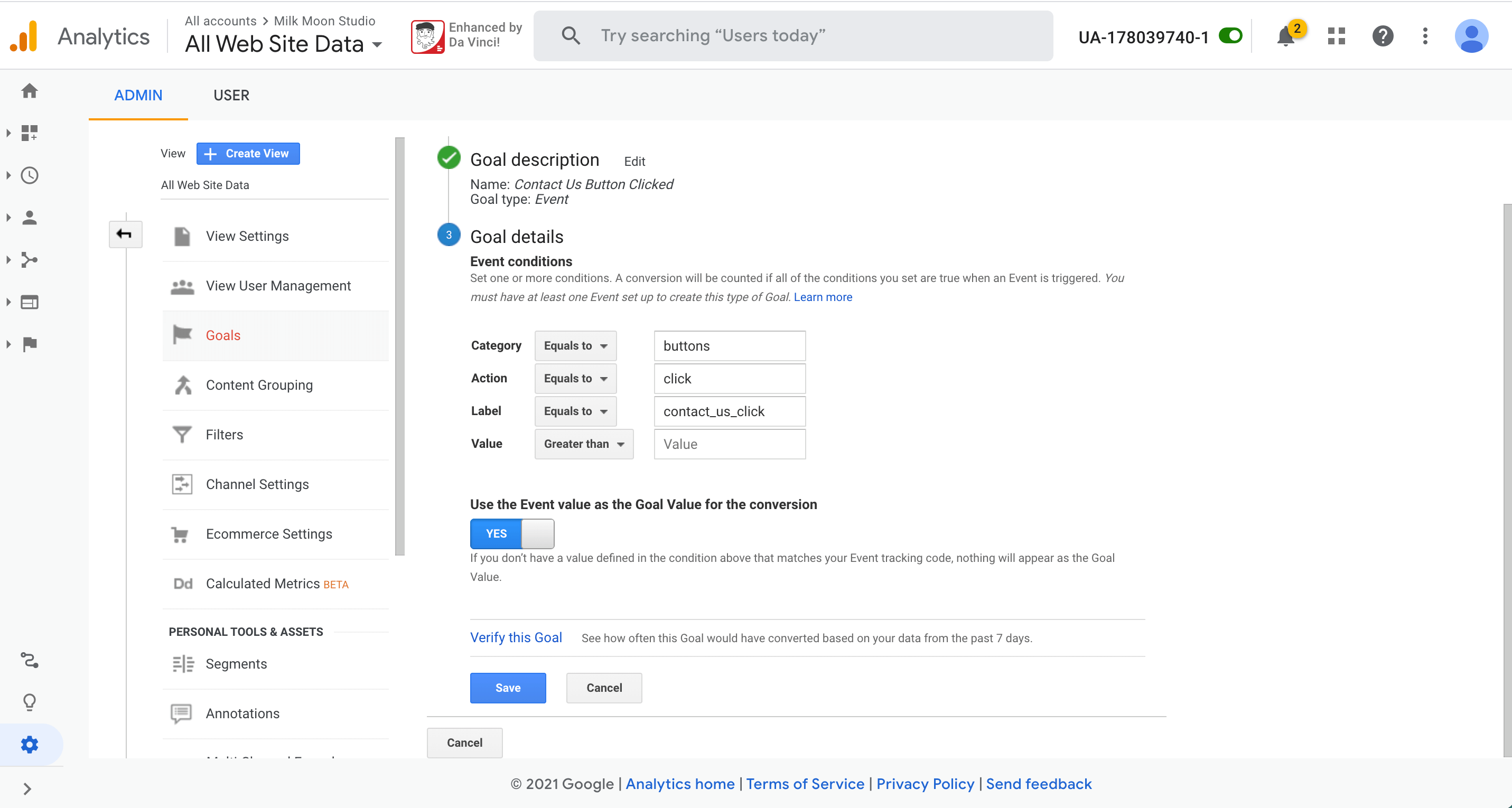Comprehensive Listing of What Data Is Google Analytics Goals Unable to Track
Comprehensive Listing of What Data Is Google Analytics Goals Unable to Track
Blog Article
Demystifying Google Analytics Limitations: Discover What Data Goals Can not Track
In the world of electronic analytics, Google Analytics stands as an effective tool that offers useful insights right into web site efficiency and user behavior. Among its capabilities, there exist constraints that commonly go unnoticed. Recognizing what Google Analytics can not track is crucial for a comprehensive understanding of data analysis and decision-making procedures. From the details of customer communication with vibrant material to the complexities of cross-device user trips, these limitations shed light on areas that might remain obscured from typical analytics viewpoints. By deciphering these restraints, a clearer picture emerges, allowing for even more enlightened methods and fine-tuned understandings into customer interaction and conversions.

Customer Interaction With Dynamic Web Content
Customer interaction with vibrant content plays a vital function in understanding user actions on web sites and enhancing the overall customer experience. By tracking individual communications with dynamic material, internet site owners can get important insights into individual interaction, preferences, and habits - what data is google analytics goals unable to track.
Google Analytics uses different tools to track individual interactions with vibrant web content, such as occasion monitoring and virtual pageviews. Event tracking enables you to keep track of particular user activities, like clicking a switch or seeing a video, offering information on just how customers communicate with dynamic components.
Cross-Device Customer Journeys
How can modern analytics devices track the complex courses users take across several devices in their on-line journeys? Cross-device user journeys provide a significant challenge for tracking and evaluating user behavior properly. As individuals engage with applications or web sites using different gadgets such as tablet computers, desktop computers, and mobile phones, it comes to be crucial to recognize how they move between these systems to enhance individual experience successfully.
Google Analytics faces constraints in tracking cross-device customer trips as a result of personal privacy problems and technical restrictions - what data is google analytics goals unable to track. While it can supply understandings into private tools' interactions, tracking a smooth individual trip across several tools continues to be a difficulty. This limitation can lead to incomplete data and fragmented customer insights, making it challenging for companies to create a unified sight of the customer journey
To resolve this problem, companies can make use of innovative analytics tools that provide cross-device monitoring capacities, permitting them to acquire a more all natural understanding of user habits. By leveraging these tools, companies can link the space in tracking cross-device user journeys and maximize their digital approaches for a smooth individual experience.
Offline Conversions and Attribution
As organizations navigate the challenges of tracking cross-device individual journeys, an additional pivotal element to take into consideration is the world of offline conversions and acknowledgment in the realm of data analytics. While Google Analytics offers important insights into on the internet individual actions, it fails when it concerns tracking conversions that occur offline. This restriction presents a considerable challenge for companies that have both online and offline sales networks.
Offline conversions, such as acquisitions made in physical shops or through telephone call centers, are vital to comprehending the complete client journey. Without the ability to attribute these offline conversions to certain online communications, companies may battle to precisely measure the impact of their digital advertising efforts.
To address this void, organizations can discover different remedies such as integrating CRM systems with on-line analytics devices or making use of one-of-a-kind promo codes that can be traced back to online campaigns. By bridging the space between online and offline data, organizations can get a more extensive understanding of their clients' behavior and improve their overall marketing techniques.
Individual Individual Identification
In the realm of data analytics, the capability to precisely identify specific users across various online touchpoints is an important challenge for organizations seeking to customize and maximize their marketing techniques. While Google Analytics gives useful insights into customer actions and interactions, it falls short in allowing the recognition of particular individuals due to personal privacy worries and technological limitations. Google Analytics makes use of distinct identifiers such as cookies to track customer sessions and actions, however these do not equate to recognizing private users in a personal sense.

Data From Secure Pages
Regardless of the increasing frequency of secure pages on web sites, acquiring data from these encrypted sources offers an one-of-a-kind challenge for digital analytics systems like Google Analytics. Safeguard web pages, suggested by HTTPS in the link, secure information traded between the individual's web browser and the internet site's server to guarantee privacy and safety and security. While this security is essential for securing sensitive details, it additionally poses his comment is here limitations for tracking individual behavior and event analytics information.
Google Analytics faces obstacles in collecting in-depth details from safe pages due to the file encryption protocols in location. Therefore, particular data points such as reference resources, keyword searches, and even some user interactions may not be fully recorded when users access a site with a protected connection. This restriction can impact the precision and completeness of the information analysis, bring about spaces visit the website in understanding customer habits and choices on safe web pages.
To navigate this obstacle, electronic experts might need to check out alternative monitoring approaches or leverage various other devices specifically designed to collect understandings from protected web pages. By adapting strategies to suit these limitations, organizations can still acquire useful analytics regardless of the restrictions offered by encrypted connections.
Verdict
Finally, Google Analytics has limitations in tracking user interaction with vibrant web content, cross-device customer journeys, offline conversions, individual user recognition, and information from safe pages. These restrictions prevent a thorough understanding of individual behavior and might result in voids in information analysis. Despite its beneficial understandings, Google Analytics may not offer a total photo of customer interaction across different touchpoints. It is necessary for services to be mindful of these restrictions click reference and consider extra tools for a more alternative view of their information.
Individual interaction with dynamic content plays a vital role in comprehending individual actions on websites and optimizing the total user experience. By tracking customer communications with vibrant web content, web site proprietors can gain valuable understandings right into customer involvement, preferences, and behaviors.
Google Analytics makes use of special identifiers such as cookies to track customer sessions and actions, but these do not relate to identifying specific customers in a personal feeling.
As a result, particular information factors such as recommendation resources, keyword searches, and even some user interactions may not be totally caught when users access an internet site via a secure link.In verdict, Google Analytics has restrictions in tracking user communication with dynamic material, cross-device user journeys, offline conversions, individual customer identification, and information from secure pages.
Report this page